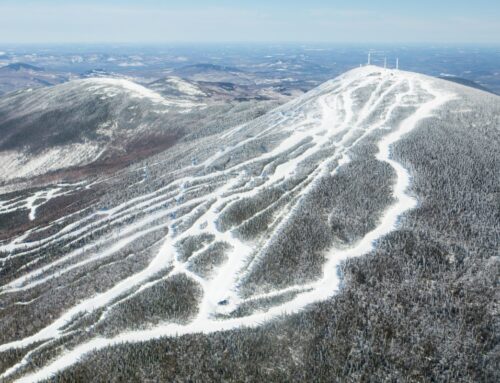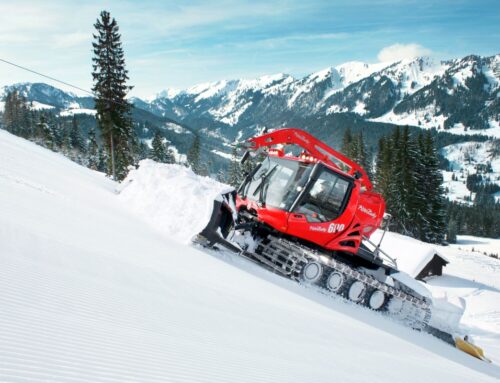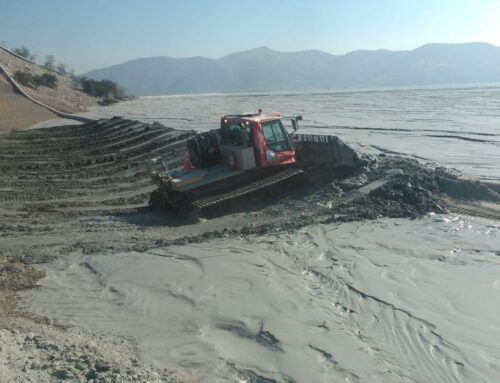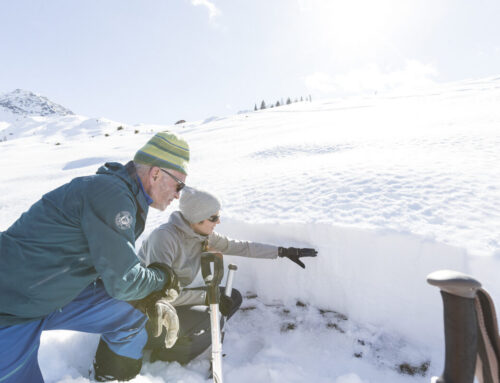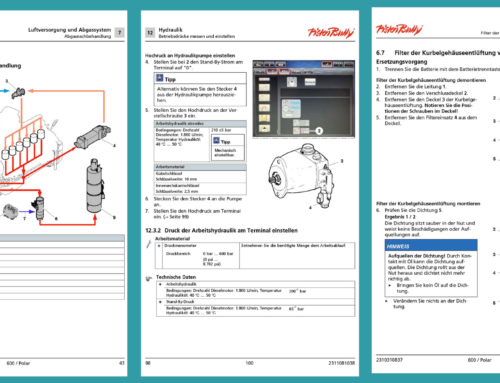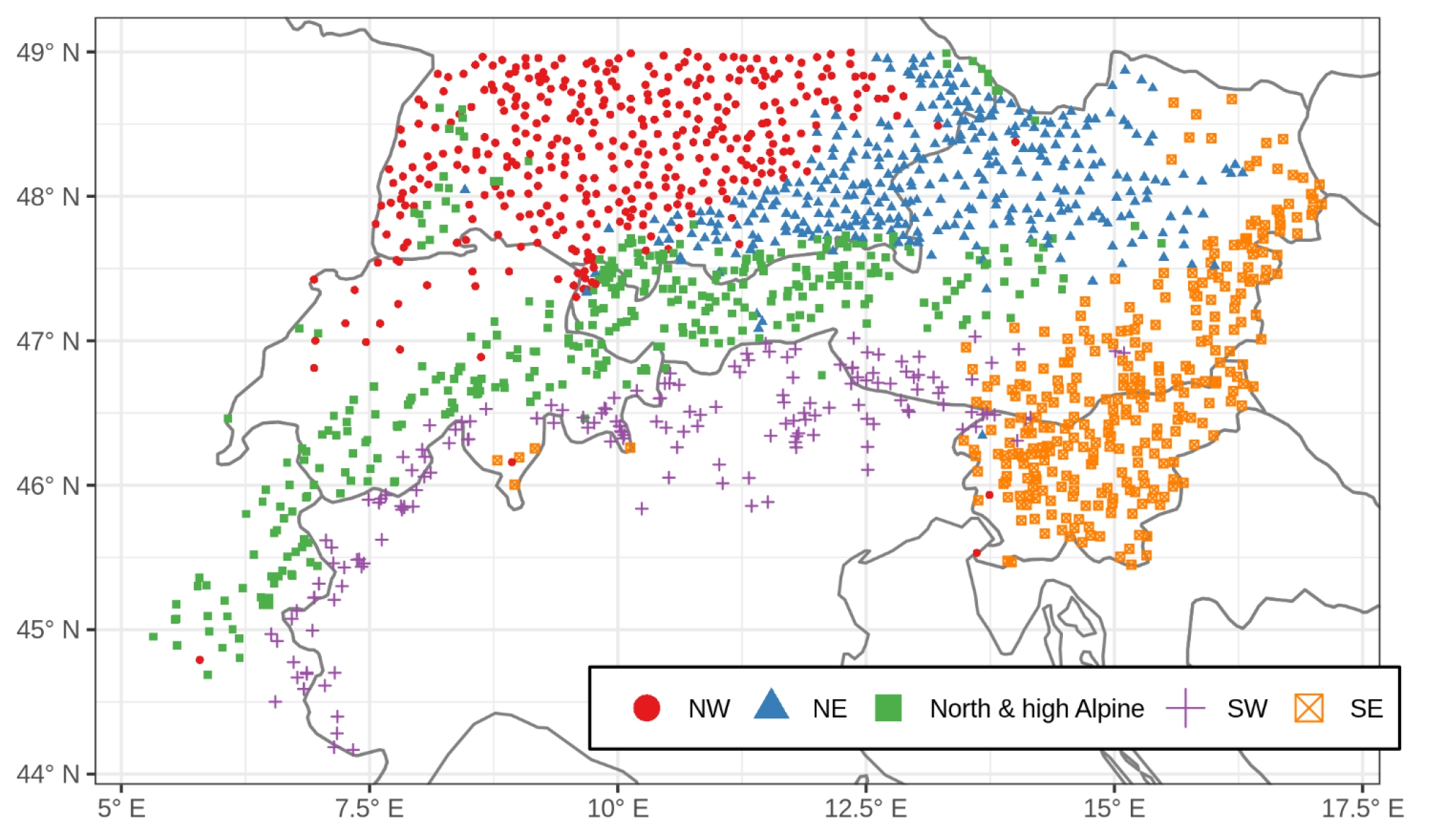
SI-Alpin, Snowmaking & Slope Maintenance
Less snow
For the first time, an international research team with the involvement of SLF and MeteoSwiss, the Federal Office of Meteorology and Climatology, has compiled and used a standard methodology to evaluate snow data from over 2000 measuring stations all over the Alpine region from the years 1971 to 2019.
The study
More than twenty different institutions from Austria, France, Germany, Italy, Slovenia and Switzerland participated in the study led by Italian research institution Eurac Research. From all over the Alpine region, they provided daily snow depth measurement data recorded at stations between 1971 and 2019 – mostly at altitudes between 500 and 2000 m above sea level.
Snow cover is generally declining as a result of climate change, because snow is falling only later in the year and tending to melt again in the spring. Data on this are available for Switzerland but also for other Alpine countries.
However, evaluation of the data was previously limited to individual countries or regions and there was no transnational analysis for the entire Alpine region. Among other reasons, this was due to the fact that the snow data collected by individual countries or regions were not available centrally and they were therefore difficult to access.
MEASURING STATIONS
The snow data come from measuring stations such as this one in the town of Davos.
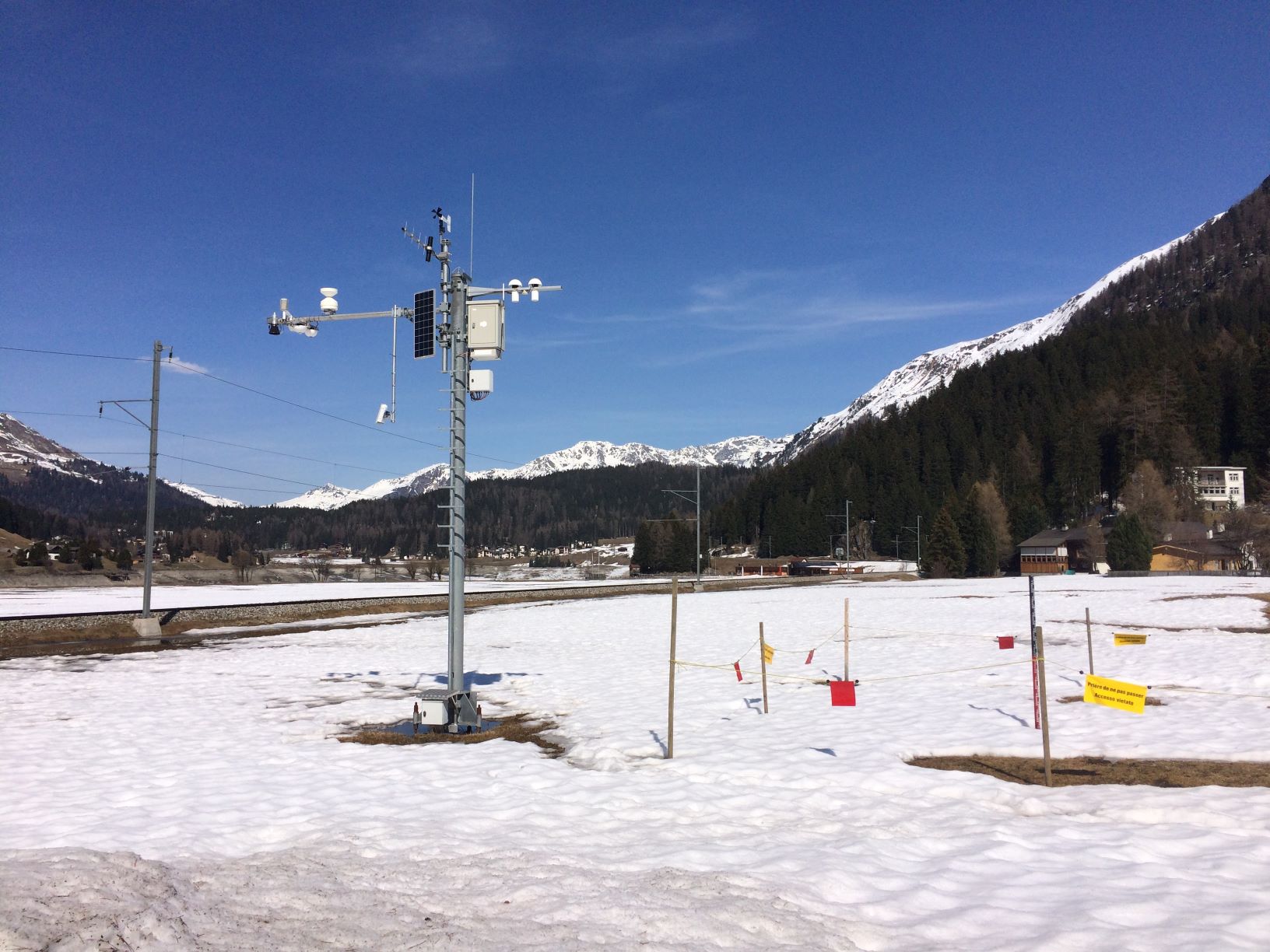
Greater comparability
For the first time, an international team of researchers has now manually compiled and used a standardised method to evaluate snow data from the entire Alpine region. The WSL Institute for Snow and Avalanche Research SLF and MeteoSwiss were also involved in the study.
The results have now been published in specialist journal The Cryosphere. The evaluation includes data from over 2000 measuring stations in six countries and it compares the trends in snow depth and snow cover over the last fifty years. “The standardised evaluation means that the results are now much easier to compare,” co-author and SLF researcher Christoph Marty says.
The data
The snow depths calculated from these data have decreased significantly at 82% of all the stations in the winter (December – February) and at as many as 90% of all the stations in the spring (March – May). In the last five decades, below 2000 m, the number of days with snow has fallen by 22 to 27 days in the north and by 24 to 34 days in the south. Depending on altitude, this is equivalent to a decrease of between 10 and 35% in winter and between 30 and 50% in spring.
Steeper decline in the south
The results of the study confirm previous observations that there is a declining trend in snow depths and snow cover in the Alps – although the extent of this depends largely on region and altitude. In the study, five regions emerge, which correspond to the different snow climate zones of the Alps.
For example, on the south side of the Alps, which has less snow anyway, snow depths have decreased significantly more than in the main Alps and on the north side. “This shows that observations from only one region cannot be generalised; rather, the trend must be observed on a differentiated basis,” co-author and MeteoSwiss employee Sven Kotlarski says.
The available, homogenous dataset is therefore all the more valuable, showing a detailed picture of snow trends in the Alps over the last fifty years. “This is the result of an exemplary collaboration between the institutions of the different countries,” Marty says. To a great extent, the dataset is now freely available, which means that it can be used by other researchers in future for their own studies, such as on snow melting or climate change.
